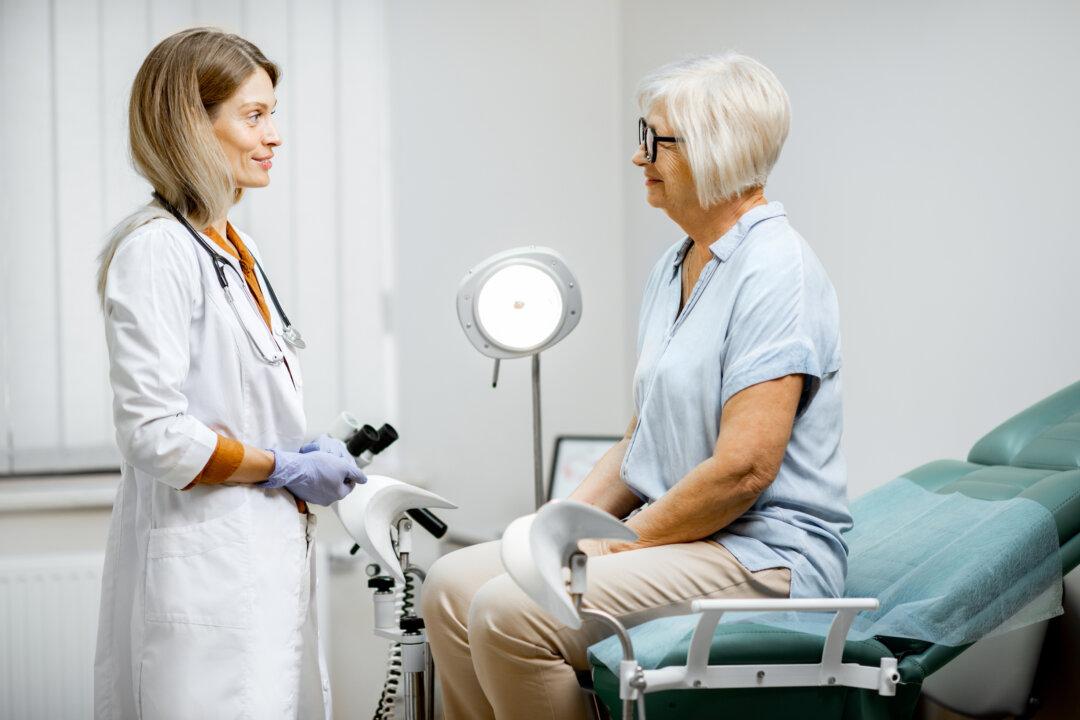T.L. is a 42-year-old mother of two with a long history of heavy menstrual cycles. At times she was anemic, which left her exhausted. She was looking for answers, but wasn’t getting any meaningful relief.
Menorrhagia is the medical term for abnormally heavy menstrual cycles. At times, it can be so serious as to require a blood transfusion or even a hysterectomy (surgical removal of the uterus). The causes are varied and can be hormonal, such as in estrogen and progesterone imbalance. There can also be structural issues within the uterus, as in fibroids (benign growths). Uterine cancer or precancerous cells can also cause heavy bleeding. Other medical conditions, such as thyroid, kidney, or liver disease can be a contributing factor, as well as blood-clotting disorders.






